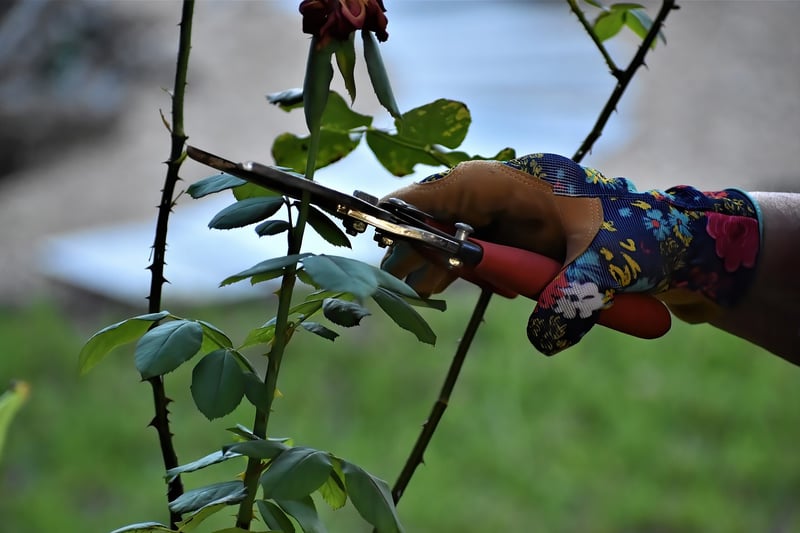Pruning Strategies
Maintaining Healthy Plants: Essential Pruning Strategies
Proper plant maintenance is essential for ensuring healthy growth and vibrant blooms. One of the key practices in plant care is pruning. Pruning helps promote new growth, remove dead or diseased branches, and shape the plant for better aesthetics. In this article, we will explore some essential pruning strategies to help you maintain healthy and beautiful plants in your garden.
1. Understand the Plant
Before you start pruning a plant, it's crucial to understand its growth habits and flowering patterns. Different plants require different pruning techniques. Some plants bloom on new growth, while others on old wood. Researching your plant's specific needs will help you prune it effectively without harming its growth.
2. Use the Right Tools
Having the right tools for pruning is essential. Invest in high-quality pruning shears, loppers, and saws for cutting branches of varying sizes. Clean and sharp tools make pruning easier and ensure clean cuts that heal quickly, reducing the risk of disease transmission.
3. Timing is Key
Timing plays a crucial role in pruning. Most plants benefit from pruning during their dormant season, typically in late winter or early spring before new growth begins. However, some plants may require specific timing based on their flowering cycle. Avoid pruning during extreme weather conditions or periods of stress for the plant.
4. Remove Dead or Diseased Branches
One of the primary purposes of pruning is to remove dead, damaged, or diseased branches. These branches not only detract from the plant's appearance but also create entry points for pests and diseases. Cut these branches back to healthy tissue to promote new growth and overall plant health.
5. Shape for Aesthetics and Growth
Pruning can help shape the plant for better aesthetics and improved growth. Remove crossing or overcrowded branches to improve air circulation and sunlight penetration within the plant. This will reduce the risk of fungal diseases and promote overall plant vigor.
6. Practice Caution
While pruning is beneficial for plants, it's essential to practice caution to avoid over-pruning. Never remove more than one-third of the plant's foliage at a time, as this can stress the plant and inhibit its growth. Take your time, step back frequently to assess the plant's shape, and prune strategically for the best results.
Conclusion
Pruning is a vital aspect of plant maintenance that can significantly impact the health and appearance of your plants. By understanding your plant's needs, using the right tools, and following proper pruning techniques, you can promote healthy growth, vibrant blooms, and overall plant vitality in your garden.
Remember, each plant is unique, so take the time to research and tailor your pruning practices to suit the specific requirements of your plants. With proper pruning, you can enjoy a garden filled with thriving and beautiful plants.

References: The Spruce - Pruning Plants
